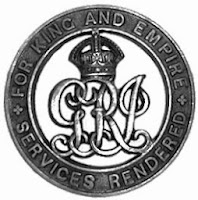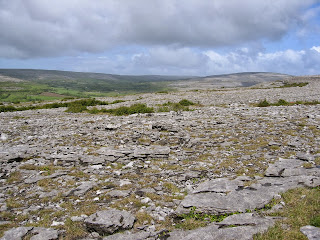Beth writes Regency stories – but with a difference, as they are set in exotic places.
Many thanks for the invitation, Beth.
So, what is my writing process? I’ve converted
one of the bedrooms in my house to a study (or office, or whatever you want to
call it!) and my desktop computer sits in one corner. I probably spend 80% of
my time here, except for the days when I go out for pub lunches and other
visits with various friends.
When I first started writing, back in the
1960s, I wrote longhand, and then typed my manuscripts. Now I type my stories
straight into the computer –so much easier to delete, change words and phrases,
and move paragraphs around!
What are you working on?
My current ‘work in
progress’ is one I’ve been working on longer than any other previous novel. I
started it about 2 years ago, got about half way through, and realised it
wasn’t ‘right’ somehow, so I put it on the backburner while I wrote another
novel. I came back to it last September, hoping a fresh look at it would help,
but I am still struggling with it! The main theme is the ‘Different Worlds’ in
which a successful actress and a Lakeland vet live. Despite being attracted to
each other, they think their lives aren’t compatible, and there are other
factors which make them both wary of embarking on any new relationship. I’ll
get there eventually, but in the meantime, it’s like carving granite with a
teaspoon!
How does your work differ from others of its
genre?
I like to think it’s
because I write about real people with lives that the reader can relate to. I
don’t go for billionaires, or landed gentry. My heroes and heroines all have
their own careers, and live in the ‘real’ world. My heroes are definitely not
alpha males, who might appeal to some readers, but who (in my opinion) would be
a huge turn-off in real life. Mine are what I call alpha-minus, beta-plus
heroes, combining the best aspects of both alpha and beta, and losing the more
negative aspects of each. They’re confident and self-assured, but at the same
time caring and considerate. My heroines are intelligent and independent, willing to give and receive love in equal measure. One of my Amazon reviewers, to my delight, said
that I “created likeable, interesting characters who lead life like real
people.”
Why do you write what you do?
The easy answer to
that is because it’s what I’ve always written! As a child, I wrote school
stories, but once I got to my teens, I was writing romances. Very cheesy
romances, I readily admit, but when I was in my 20s, I turned one of those
stories into a full-length romance which was accepted by Mills and Boon. Since
then I’ve always written romances. Maybe one day I’ll stray out of my comfort
zone, but at the moment I’m quite happy with it.
How does your writing process work?
The best way to
describe it would probably be haphazardly! I’m a pantser, not a plotter. I get
a basic idea (sometimes from what I've seen or read) and have a vague notion where the story will go. In that sense, I have
the beginning and the end, but most of the time I rely on my characters – and
my own sudden flashes of inspiration –to fill in the middle of the story.
I agonise over the
first draft, which usually takes me about six months, but once that is done, I
really enjoy revising, polishing, and detailed editing – which probably adds
about another three months to my writing process.
Next week the
following three authors will be telling you about their writing process:
Jennifer Wilck - contemporary
romance writer of love, laughter and happily ever after.
Sherry Gloag - author
of regency and contemporary romance - with a dash of suspense.
Viola Russell - author
of contemporary and historical romance





















































